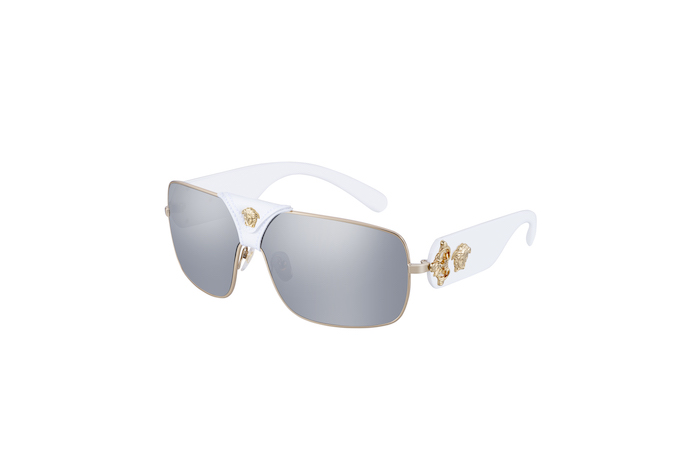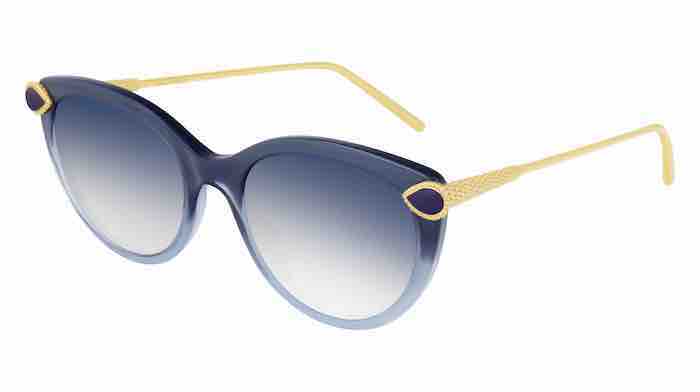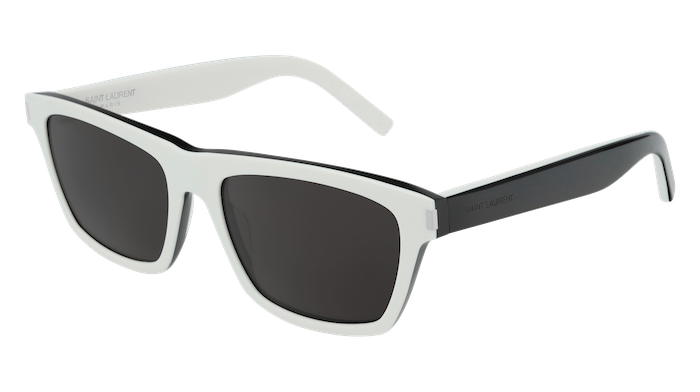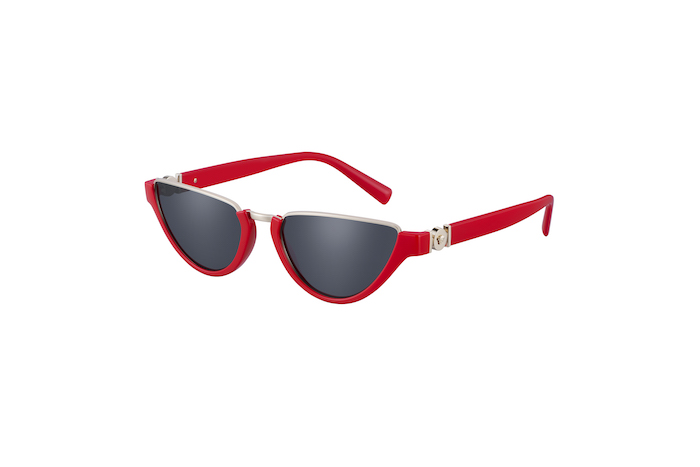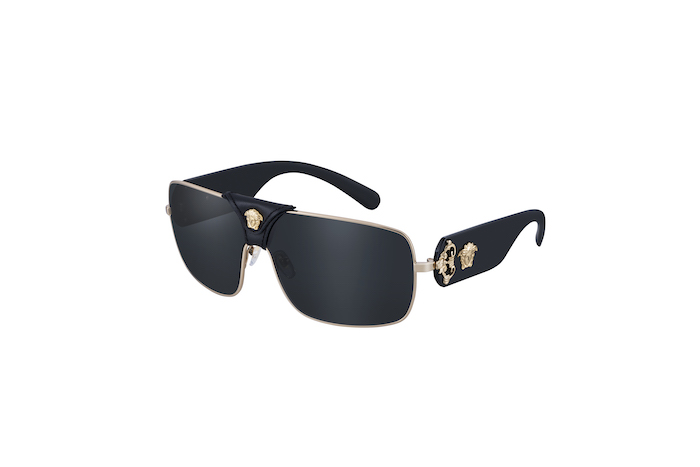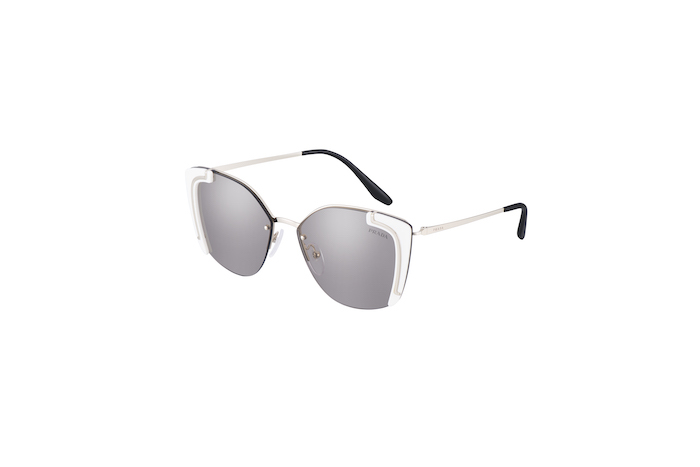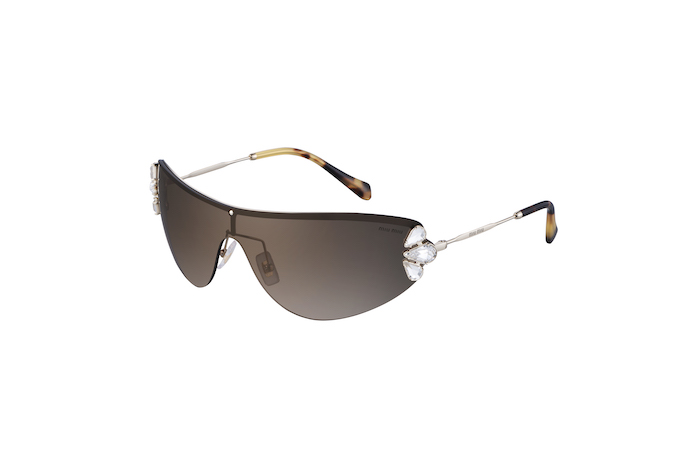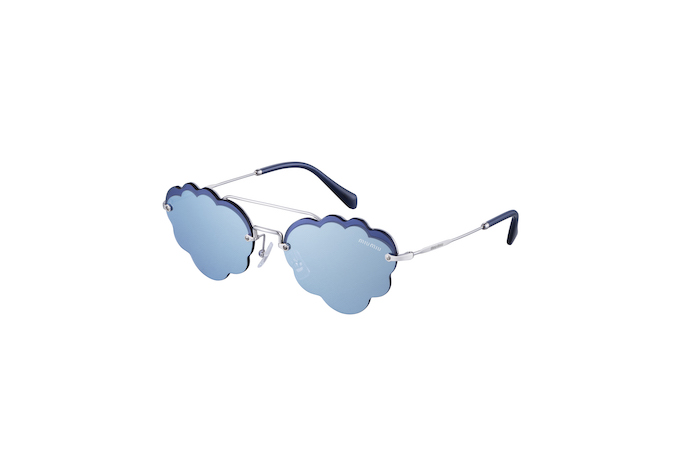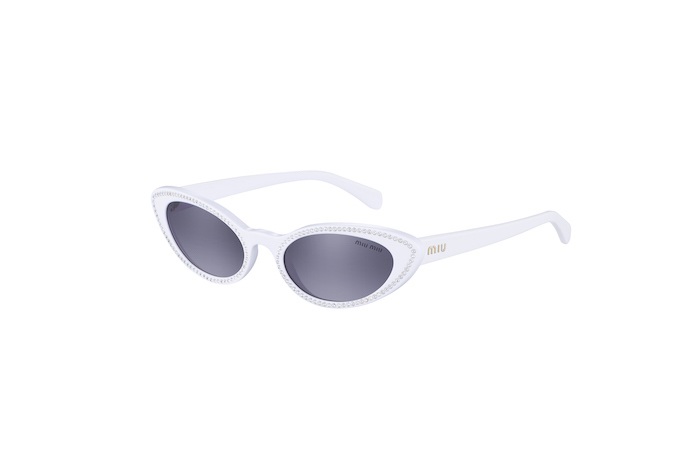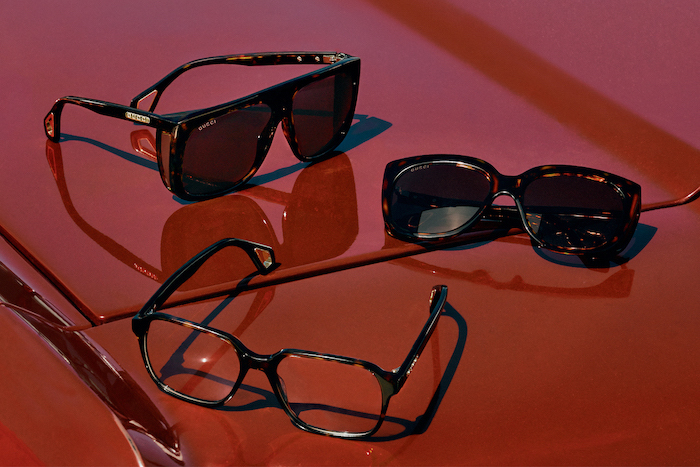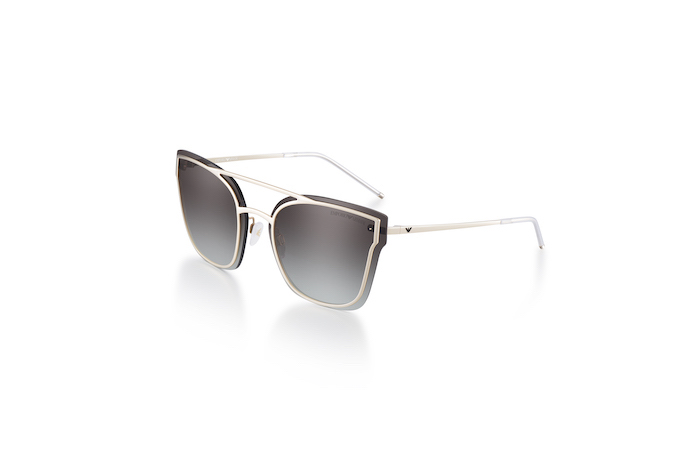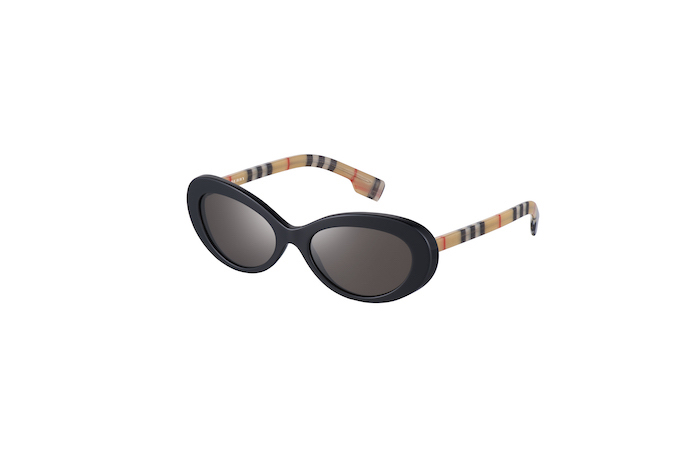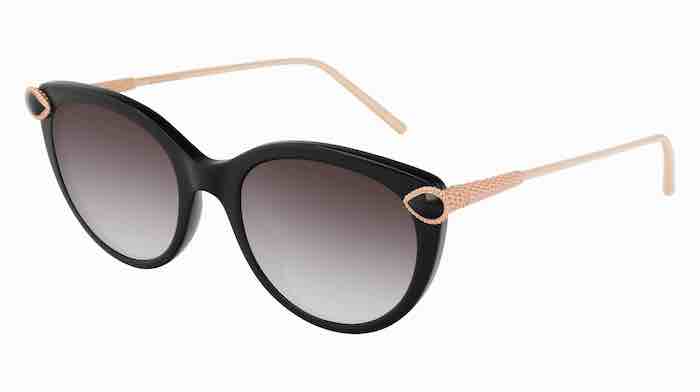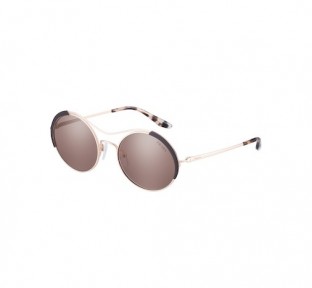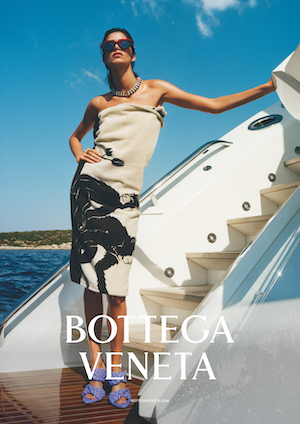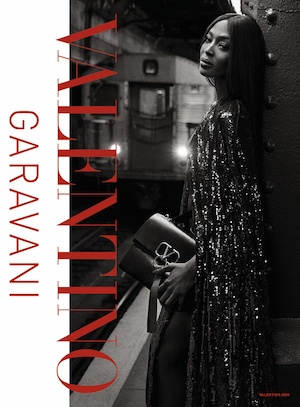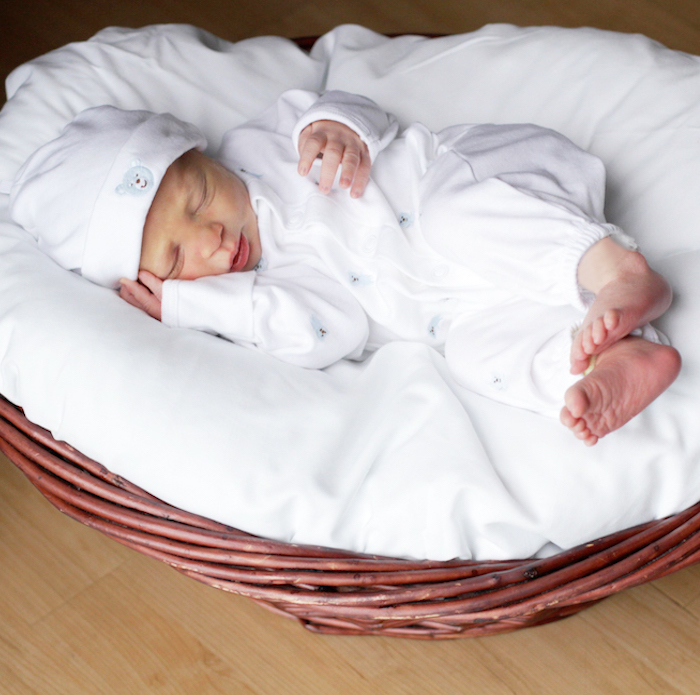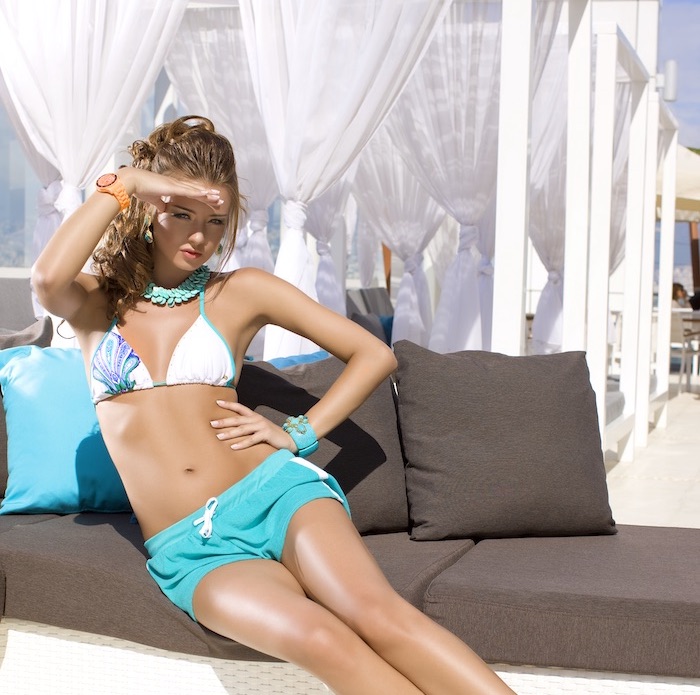Health & Fitness
Sunglasses
More Than Just a Fashion Statement!
May 17, 2019
While there is much public awareness regarding the damaging effects of the sun on our skin, often the adverse effects of the sun on our eyes is neglected. Just as we strive to protect our skin from harmful ultraviolet (UV) rays, so too should we take measures to protect our eyes; both the visible and the invisible rays can cause temporary and permanent eye injuries. Prolonged exposure to the sun’s UV rays has been linked to eye diseases such as dry eye, macular degeneration, cataracts, glaucoma, as well as eye cancer. In addition, skin cancers can develop around the delicate eye area and on the eyelids. In light of these alarming dangers, it is imperative that both you and your family are protected and take measures to prevent UV damage. In addition to applying sunscreen and throwing on a hat, wearing sunglasses is a simple, yet necessary, precaution because prevention is always the best treatment!
Before we can look to methods of prevention it is essential to first understand what UV rays are and how they operate. There are three different types of UV rays; UVC are the highest energy UV rays and potentially could be the most harmful to your eyes and skin were it not for the atmosphere's ozone layer blocking virtually all UVC rays. UVB rays are harmful and thus responsible for most sunburns, eye damage and skin cancers. UVA rays have lower energy than UVB and UVC rays, however they can pass through the cornea and reach the lens and retina inside the eye. While the precise amount of UV rays affecting eye disease is still unknown, what is known is that UV exposure is cumulative so protecting yourself at all times is essential.
If you thought that sunglasses were just a fashion statement, think again! One of the very best things you can do to prevent eye damage from UV rays is to wear protective eyewear. In fact, think of sunglasses as sun block for your eyes! When selecting the right pair of glasses a number of factors must be taken into consideration. First and foremost, choose a pair that is comfortable and fits you well, making you more likely to wear them. In addition, opt for a pair of glasses with a large frame that wraps around, this way your entire eye, including your peripheral vision, is protected. Once you have narrowed down your selection, ensure that your final choice has 99 to 100 percent UV protection and is free from any imperfections such as scratches which may affect the rate of protection. When it comes to selecting the color of your lenses, it may be wise to select them in gray. While colored lenses which have UV protection are also great, the advantage of gray is that they reduce the light intensity without actually altering the color of objects.
In addition to wearing sunglasses, keep a hat handy so you can slip it on anytime you are outdoors. Not only does this provide you with double protection but should you forget your sunglasses, you will still have a viable shield between you and the sun’s rays. For the best protection opt for a wide-brimmed hat or a cap and remember never to leave home without first applying your daily sunscreen. Since children are most susceptible to the harmful rays of the sun, ensure that they are protected at all times. Instill a positive attitude in your children towards sun protection so that wearing a hat and sunglasses as well as sunscreen every day becomes second nature to them.
One of the common misconceptions regarding sun damage is that it only occurs on sunny days. Not only is this false, but quite the opposite; UV radiation is approximately 17 times stronger during winter and spring than it is during the summer months. In addition, regardless of what time of year it is, if you are out and about at noon, ensure that you are well protected. The noon hour, year round, delivers ten times the UV radiation than at other times during the day. Geography also plays a part with UV radiation increasing by 16 percent for every thousand meters above sea level. So don’t be fooled, whether you are lounging about in the sun at one of Beirut’s hottest beach resorts or relaxing and enjoying a family barbeque in the mountains, the risk of sun damage is always a concern.
Awareness is the key to prevention. In addition to protecting yourself by wearing sunglasses, a hat and sunscreen, a regular eye exam is crucial, regardless of whether or not you exhibit any symptoms. Signs and symptoms to watch out for in terms of eye cancers include diminished vision, floaters or flashes of light, visual field loss, a dark spot growing on the iris, the eyeball varying its position in its socket, bulging of the eye or swollen vessels outside the eye, and a change in how the eye moves within its socket.

